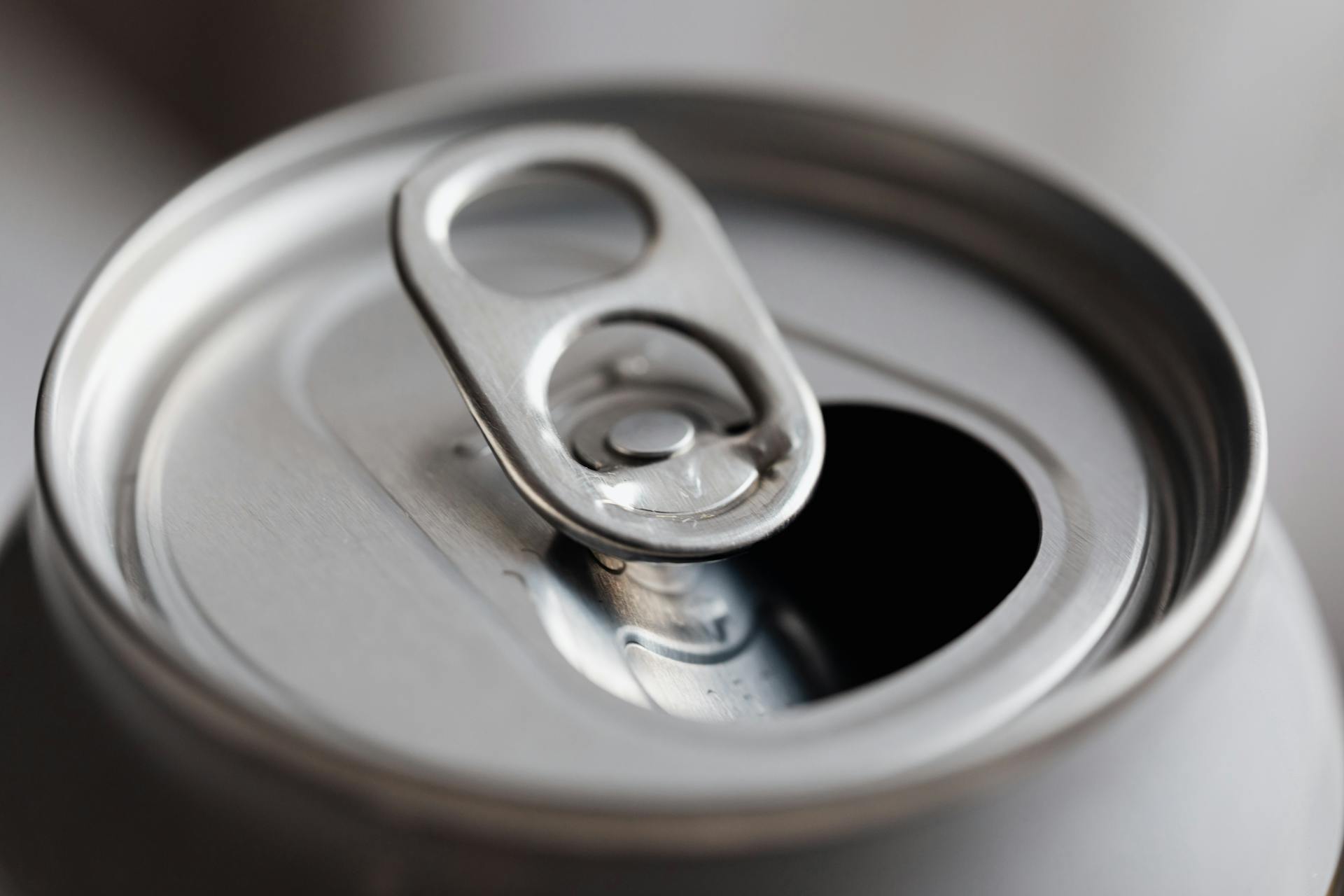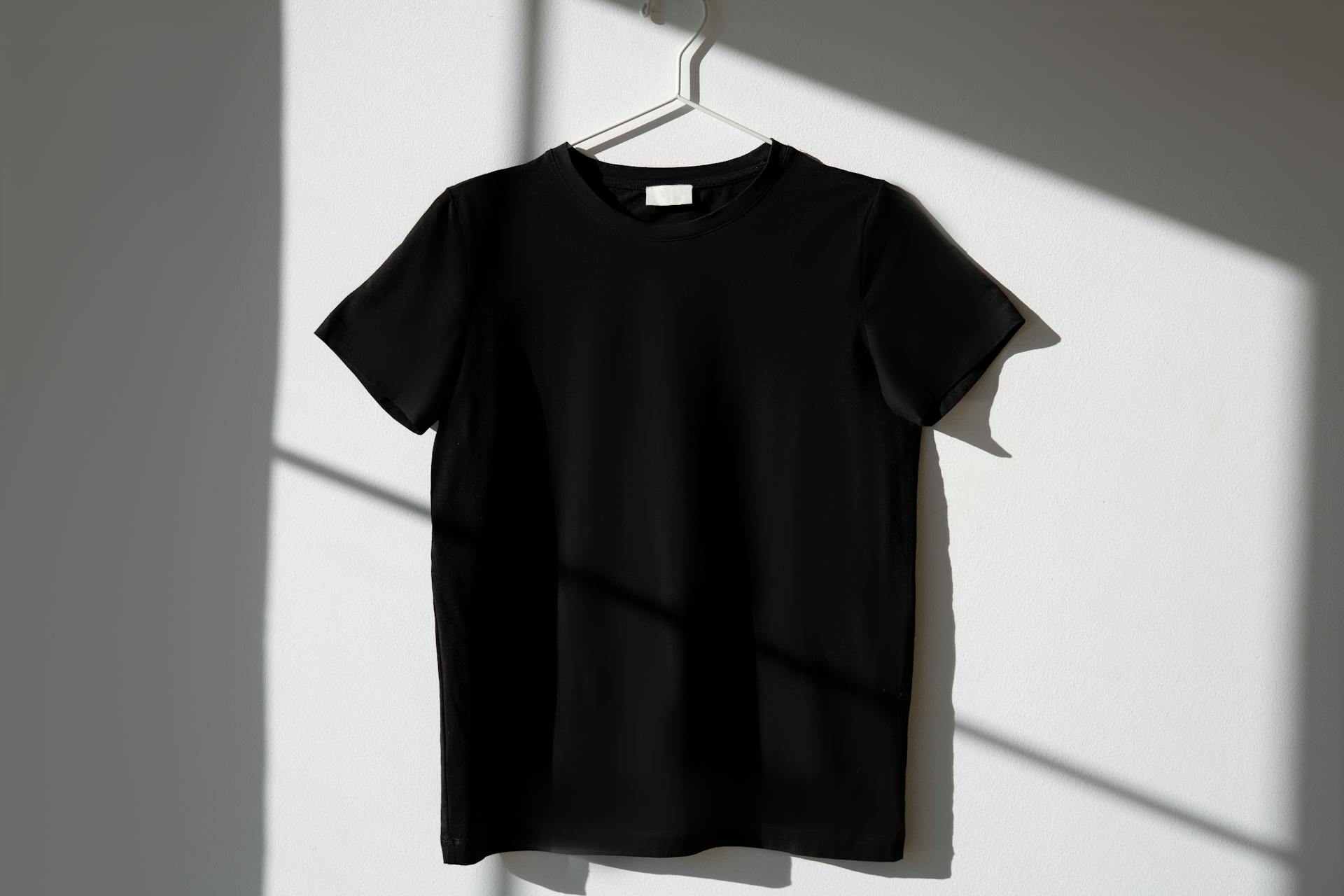
Cardboard boxes are a common household item. They come in handy for storing items, moving belongings, and even for shipping products. However, when these cardboard boxes have served their purpose, they often end up in the trash bin. This is where recycling comes in to play. But do you know how to recycle cardboard properly?
Recycling cardboard is an easy and effective way to help reduce waste and protect our environment. By recycling cardboard boxes, we can conserve natural resources, save energy, and reduce greenhouse gas emissions. Recycling also helps to extend the life of landfills by diverting waste from them. In this article, we will guide you through the proper steps of recycling cardboard so that you can do your part in protecting the planet while also reducing clutter in your home or office.
Check this out: Cardboard Box Recycling
Why Cardboard Boxes on Your Doorstep Are Causing a Stir

With the rise of online shopping, products are being delivered to our doorstep more frequently than ever before. This has led to an increase in the number of cardboard boxes that are disposed of every day. Often, these boxes are large and made from corrugated cardboard - a durable material that provides excellent protection during transportation. However, once flipped boxes arrive at your doorstep, they lose their value as cardboard armour and become just another item to be thrown away. While most municipal recycling systems do accept corrugated cardboard, not all communities have access to such systems or know how to properly recycle these materials.
Expand your knowledge: Can You Recycle Pizza Boxes
Discover the Process of Recycling Cardboard

Cardboard makes up a significant proportion of the waste generated by households and businesses. However, it can be recycled to create new paper products, reducing the need for virgin pulp. Once cardboard is collected from homes or businesses, it is taken to a recycling facility where it undergoes a process of transformation.
At the recycling facility, cardboard is sorted and shredded into small pieces that are fed into a pulping machine. The machine breaks down the cardboard into individual fibers while removing any remaining ink and contaminants. This process turns the cardboard into a slurry of paper fibers that bond together when mixed with water.
The mixing process includes adding wood pulp to strengthen the brown paper that will be created from the recycled fibers. The mixture is then poured onto huge reels and dried in large machines. Once dried, the brown paper can be used to make thicker cardboard or other paper products like cereal boxes or tissue paper. By recycling cardboard, we reduce our reliance on virgin materials and help protect our environment for future generations.
Expand your knowledge: Can You Recycle Paper Plates
Discover the Easy Method to Recycle Cardboard

The cardboard recycling process properly is easy and straightforward. Firstly, ensure that your cardboard is clean and dry before placing it in a designated recycling bin. If you have large quantities of cardboard, consider bundling them together with twine or tape to prevent them from scattering around. Recycling cardboard saves trees, energy, and reduces landfill waste, making it an important step towards preserving our environment.
1. Break Down the Boxes
Cardboard is one of the most common packaging materials we use in our daily lives. But, what happens when we no longer need those boxes? The answer is simple: recycle them! The cardboard recycling process starts by breaking down the boxes into flat pieces. To do this, you only need a box cutter knife or scissors and your house key to remove any tape holding the box together.
Once you have flattened the box, remove any packaging labels or plastic left on it. It's important to make sure that no contaminants cut through the cardboard waste, such as pizza boxes that are typically saturated with grease. Also, be sure to separate any wet or moist parts from the dry parts of the cardboard. By doing so, you ensure that your cardboard is ready for easy transport to recycling centers or facilities where it can be turned into new products. So, let's break down those boxes and give them a second life!
2. Put Them Outside on Recycling Day
When it comes to recycling cardboard, it's essential to know where and how to dispose of it correctly. Since they're large and take up a lot of space, you can't just toss them into your regular waste bin. Instead, place cardboard in your recycling container or find a nearby recycling bin store. If you have broken-down boxes, make sure they fit inside the container before placing them outside on recycling day. You could also contact your local waste hauling company for guidelines or drop-off location information if you don't have curbside pickup available. By following these simple steps, you can help divert cardboard from landfills and promote a more sustainable environment.
If you're unsure about how to recycle cardboard in your area, check with your local recycling center for more information. They may have specific requirements for preparing and disposing of cardboard that differ from other materials such as plastic or metal. Additionally, some centers may accept larger items like appliances or furniture that can't be placed at the curb for pickup. Remember that every small step counts when it comes to reducing waste and protecting our planet's resources. With a little effort and attention, you can do your part by putting out those boxes on recycling day!
Effortless Ways to Reuse Extensive Cardboard Packaging!

If you have a massive amount of cardboard boxes lying around, don't throw them away just yet! Instead, consider reusing them for various purposes. For instance, you can use super large boxes as storage containers for seasonal items or donate them to local schools for art projects. Additionally, private company check-ups like recyclenations recycle search tool can help you find nearby recycling centers that accept cardboard packaging. Remember, every little effort counts towards reducing waste and protecting our environment!
Unveiling the Mystery Behind Excessive Packaging

Have you ever received a small item in a huge box filled with bubble wrap air pocket packs? This is just one example of online purchases excessive packaging. Companies aim to protect their products during transport, but unfortunately, this results in an overuse of materials. The average box for anama package is dropped 17 times during transportation and needs to be sturdy enough to withstand this. Container testing is done to ensure that the boxes are strong enough, but this leads to excessive packaging.
Despite efforts from environment municipalities and consumers city services, recycling dirty greasy or contaminated items can be difficult and expensive. Making 1 ton of recycled corrugated cardboard takes energy equivalent to 104 gallons of gasoline, while virgin cardboard requires 3 tons of wood chips. Sorting contaminated items destined for the landfill or unrecyclable additional energy costs also make recycling more challenging.
In 2018, China's decision to ban certain types of recyclables stopped accepting 24 types of mixed paper and plastic waste from abroad. This completely changed the recycling landscape meaning buyers were no longer willing to pay for low-quality recycled materials. In just over a year, the average market price for mixed paper fell by 110 percent between August 2017 and January 2019. As a result, recycling programs are facing challenges raising taxes or stopping altogether. Earth 911 explained that recycling just one ton of cardboard eliminates nine cubic yards of landfill space!
A unique perspective: Conserve Energy
Frequently Asked Questions
What to do with your old cardboard boxes?
You can recycle your old cardboard boxes by flattening them and placing them in your recycling bin or taking them to a local recycling center. Alternatively, you can repurpose them for storage, moving, or DIY projects.
What are the steps of cardboard recycling?
The steps of cardboard recycling typically involve collection, sorting, shredding, pulping, and forming into new products such as paper or packaging materials. These steps help to reduce waste and conserve resources by turning old cardboard into new, useful items.
How to start a cardboard recycling business?
To start a cardboard recycling business, research local laws and regulations, secure a location to store and process material, purchase necessary equipment such as balers and trucks, and establish relationships with potential customers.
How can you reuse a cardboard box?
Cardboard boxes can be reused in a variety of ways, such as for storage or shipping. They can also be transformed into creative DIY projects, like a playhouse or picture frame. The possibilities are endless!
What is the best way to recycle cardboard?
The best way to recycle cardboard is to flatten it and put it in your recycling bin. Make sure to remove any tape or labels before recycling.
Featured Images: pexels.com


